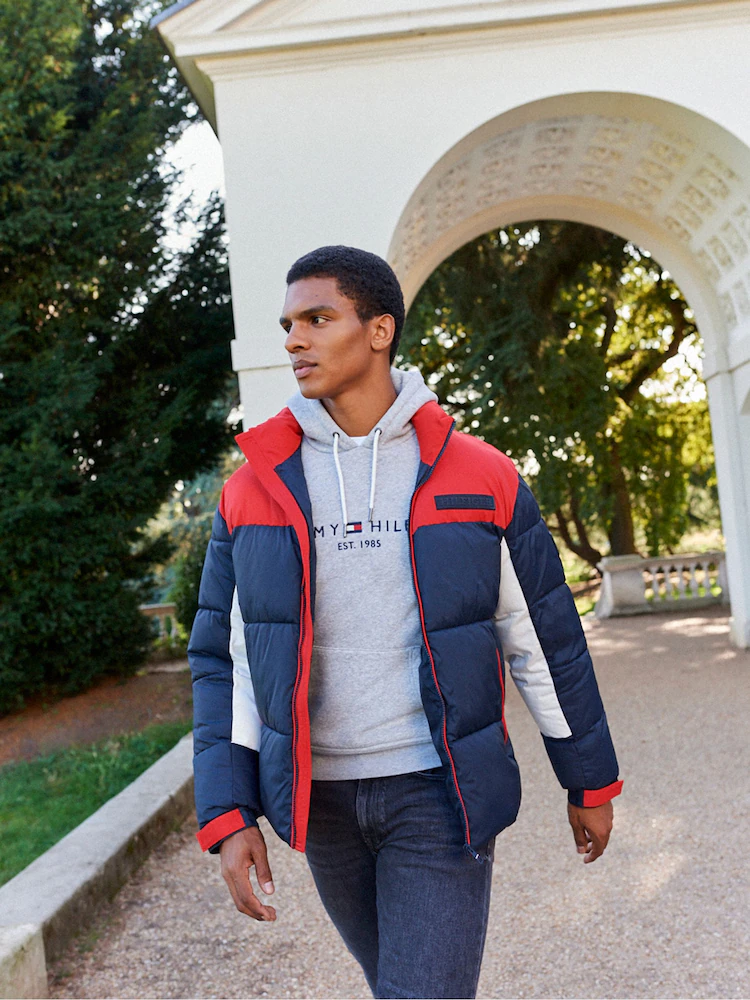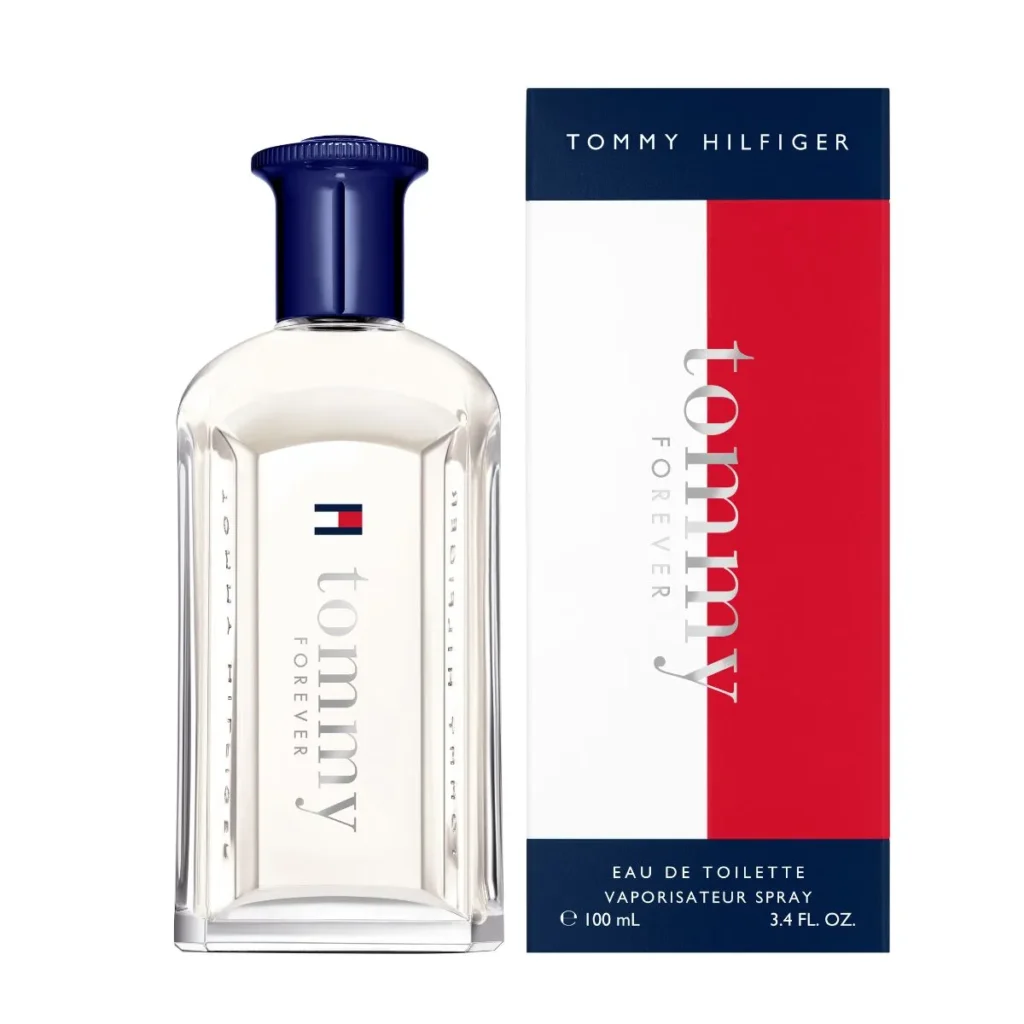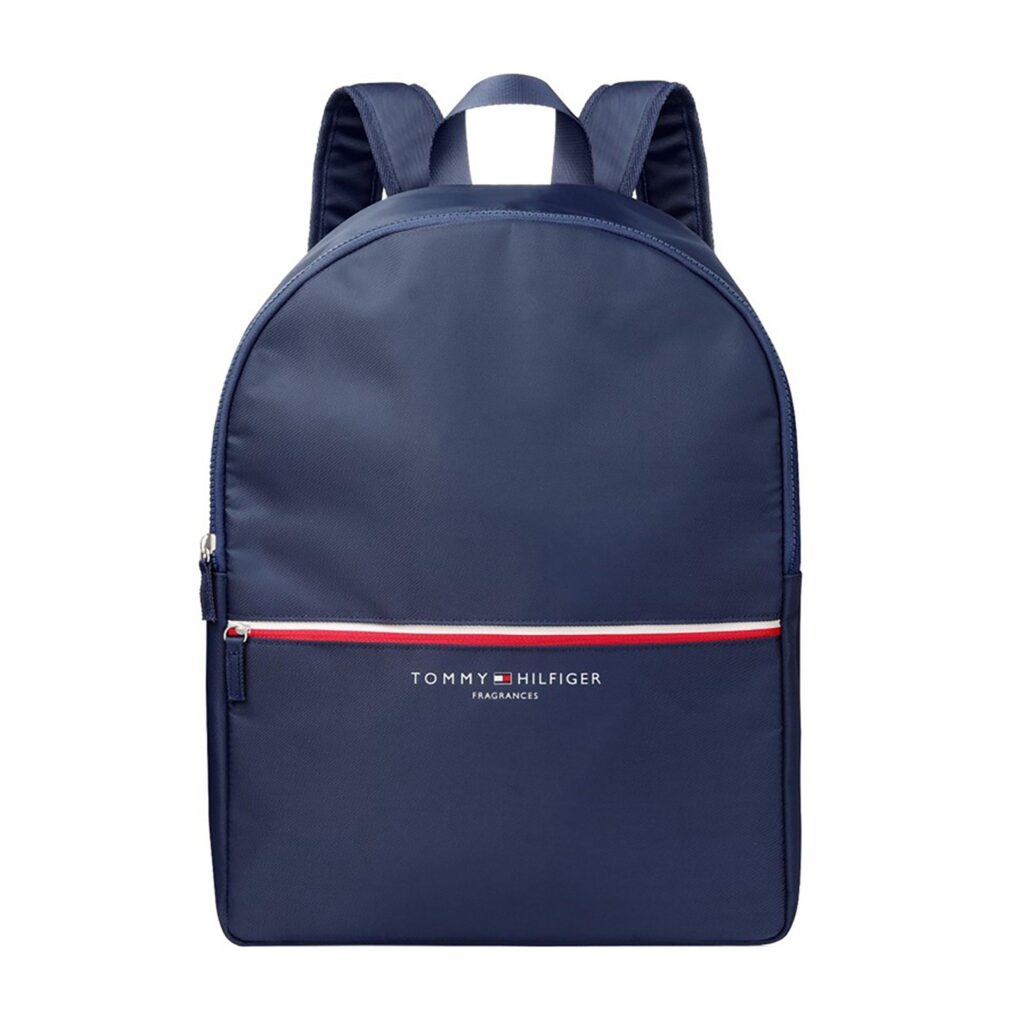Tommy Hilfiger: From Small-Town Dream to Global Fashion Powerhouse

Tommy Hilfiger: From Small-Town Dream to Global Fashion Powerhouse. In 1985, Tommy Hilfiger launched his eponymous brand with a clear vision: to blend classic American style with a modern twist. Over the decades, the brand has navigated the volatile fashion industry, facing challenges and seizing opportunities to emerge as a global icon. This article delves into the strategic decisions, marketing innovations, and resilience that have propelled Tommy Hilfiger to worldwide acclaim.
Early Beginnings and Brand Identity
Tommy Hilfiger’s journey began in Elmira, New York, where he opened his first store, “People’s Place,” at 18. Although the store eventually went bankrupt, the experience ignited Hilfiger’s passion for fashion design. In 1985, he introduced the Tommy Hilfiger brand, focusing on menswear that combined preppy aesthetics with a relaxed, youthful vibe. The brand’s distinctive red, white, and blue logo became synonymous with American cool, appealing to a broad audience seeking both style and comfort.

Strategic Marketing and Cultural Integration
A pivotal moment in the brand’s history was its embrace of hip-hop culture in the 1990s. By featuring artists like Snoop Dogg and Aaliyah in its campaigns, Tommy Hilfiger tapped into a burgeoning cultural movement, expanding its appeal beyond traditional preppy circles. This strategic alignment with popular culture not only boosted brand visibility but also solidified its relevance among younger, diverse demographics.
Global Expansion and Product Diversification
Recognizing the importance of international markets, Tommy Hilfiger embarked on a global expansion strategy. By the early 2000s, the brand had established a presence in key markets across Europe and Asia. In 2010, PVH Corp. acquired Tommy Hilfiger, providing the resources and infrastructure to further its global reach. Today, the brand operates over 2,000 retail stores in more than 100 countries, offering a wide range of products, including menswear, womenswear, childrenswear, accessories, and fragrances.

Embracing Digital Innovation
In response to the digital revolution, Tommy Hilfiger adopted a forward-thinking approach by integrating technology into its operations. The brand pioneered the “See Now, Buy Now” model, allowing consumers to purchase runway items immediately after shows. Additionally, the implementation of digital showrooms streamlined the wholesale buying process, reducing costs and enhancing efficiency. These innovations not only modernized the brand’s operations but also catered to the evolving expectations of tech-savvy consumers.
Collaborations and Celebrity Partnerships
To maintain cultural relevance, Tommy Hilfiger engaged in high-profile collaborations with celebrities and influencers. Partnerships with figures like Gigi Hadid and Lewis Hamilton resulted in co-designed collections that resonated with global audiences. These collaborations infused fresh perspectives into the brand, attracting new customer segments and reinforcing its position in the competitive fashion landscape.

Commitment to Sustainability
Acknowledging the growing consumer demand for ethical practices, Tommy Hilfiger has made significant strides in sustainability. The brand introduced products made from recycled materials and implemented eco-friendly manufacturing processes. By prioritizing sustainability, Tommy Hilfiger not only meets consumer expectations but also contributes positively to environmental conservation efforts.
Lessons for Aspiring Entrepreneurs
- Adaptability is Key: Tommy Hilfiger’s ability to pivot and embrace cultural shifts underscores the importance of staying attuned to market trends.
- Strategic Collaborations: Partnering with influencers and celebrities can amplify brand visibility and attract diverse customer bases.
- Global Vision: Expanding into international markets requires a nuanced understanding of local cultures and consumer behaviors.
- Embrace Technology: Integrating digital innovations can enhance operational efficiency and meet evolving consumer expectations.
- Sustainability Matters: Implementing eco-friendly practices not only fulfills ethical responsibilities but also resonates with environmentally conscious consumers.

Conclusion
Tommy Hilfiger’s evolution from a small-town entrepreneur to the helm of a global fashion empire exemplifies the power of vision, adaptability, and strategic innovation. By staying true to its core identity while embracing change, the brand continues to inspire and set benchmarks in the fashion industry.




